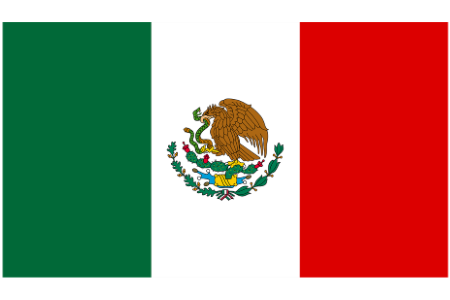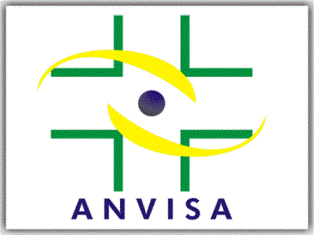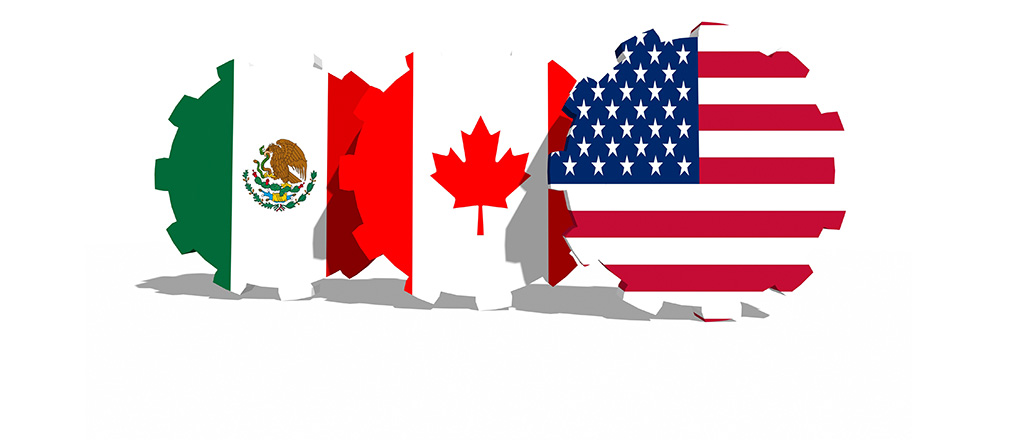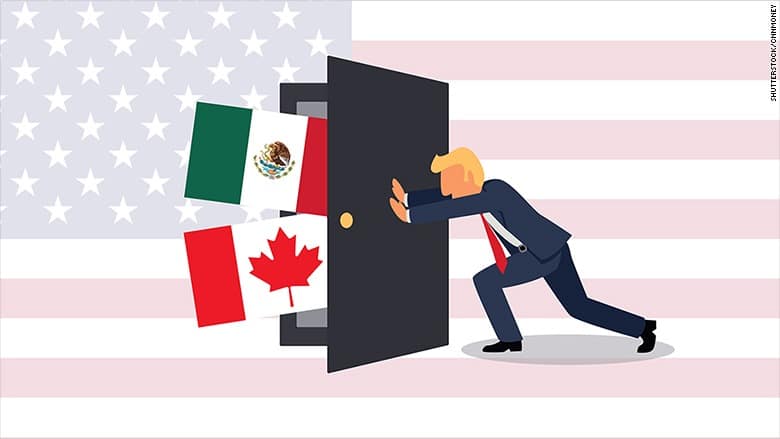On January 1, 1994, NAFTA was put into effect, eliminating trade barriers including tariffs on more than one-half of Mexico’s exports to the U.S and more than one-third of U.S. exports to Mexico. With the recent election of President Donald Trump, we are anticipating changes in U.S. trade policies with Mexico, including imports in medical devices industry.
Impact of New Trade Deals on Medical Devices in Mexico
In the light of Donald Trump’s victory in the 2016 presidential elections, we all await changes in U.S. trade policies. One of the hottest topics is the involvement of the United States in NAFTA (North American Free Trade Agreement).
NAFTA came into force on January 1, 1994 and eliminated trade barriers between the United States, Canada and Mexico. It got rid of tariffs on more than one-half of Mexico’s exports to the United States and more than one-third of U.S. exports to Mexico. Furthermore almost all tariffs, with an exception of tariffs on agricultural imports, were completely removed. In Mexico NAFTA promoted rapid growth and development of industries such as automobiles, electronic equipment, furniture, plastics, iron, and of course, medical devices.
Ninety one percent of investments in the medical device industry come from the United States. The United States is the leading medical device producer and consumer, accounting for 45% of the global market in 2014 (according to the U.S. Government Accountability Office). After the NAFTA agreement, many U.S. companies found it cheaper to produce medical devices in the so-called Maquiladoras – manufacturing operations that import materials and equipment for assembly or manufacturing on a duty-free and tariff-free basis, and then export the assembled or manufactured products back to the country of origin, i.e. the United States. One of the largest such areas in Mexico is the border town, Tijuana.
NAFTA & Medical Device Industry

The medical device industry in general benefited from international trade agreements such as NAFTA – over the years, after the initial signing, U.S. exports of medical devices to Mexico have quadrupled, and those with Canada have tripled. The medical device market could further benefit from the more recent Trans-Pacific Partnership proposal, which would remove tariffs on medical devices and potentially increase the speed of approvals for medical devices in foreign markets. However, with the removal of U.S. participation from the TPP by the Trump administration, and uncertainty over the future of NAFTA, the industry could potentially face some impediments in international trade opportunities. Most recently, the proposal to enforce a 20% annual tax on all imports from Mexico in order to fund the border wall, which President Trump has promised to build, could also negatively impact imports in the medical device sector.
Mexico’s Medical Device Manufacturing
Mexico is the second largest medical device market in Latin America after Brazil. In 2014, sixty seven percent of medical instruments produced in Mexico were exported to the United States. In 2015, an estimated $12 billion worth of optical and medical instruments were imported from Mexico to the United States. Aside from its own exports, Mexico also happens to be the largest importer of medical devices in the region.
Products exported by companies that are engaged in medical device manufacturing in Mexico produce items that include: disposables such as catheters and cannulae, medical gowns, surgical kits, respiratory therapy equipment, splints, orthopedic devices, surgical and dental instruments and equipment, medical drapes, custom fluid pouches, medical grade sewn products, thermoformed products and a wide range of other Class I medical devices that require a minimum level of external controls and can be manufactured anywhere.
Brazil: A Contender in Medical Devices

Brazil has the possibility of being a major producer in the medical device industry due to the large internal consumption potential. Brazil’s need for Class III high tech medical devices, like implantable pacemakers, pulse generators, HIV diagnostic tests, automated external defibrillators and endosseous implants can be met by U.S. products. The Brazilian government also launched Profarma III and Inova Saude (specifically aimed at developing the medical device industry) in 2013, two programs which will provide greater financing to the health sector – 46% of the funding will be allocated to increased production, 31% to innovation, 18% to company restructuring and 5% to exportation. The country is more than ready to invest billions of BRL (Brazilian Real) into this progressive industry.
Although the Mexican market is not at the top of the United States’ list in terms of medical device export market rankings (coming in at number 11 based on a 2016 report by the International Trade Administration), the United States is still one of the leading exporters to Mexico in the industry. Tightening restrictions on trade with the country could negatively affect both Mexico and the United States if the medical device consumers in Mexico look elsewhere.
As of now, the possibility of renegotiating provisions of NAFTA is yet unknown. However, if the United States does leave NAFTA, there is a stable market in South America for medical devices. In terms of imports, Brazil in particular could be a viable market for Class III medical devices. With minimal investments from the United States, and support of such innovative industry by local governments, Brazil and other South American countries could establish trade in the export of medical devices relatively fast – assuming the future U.S. policies do not affect trade with their markets as well.
The Effect of Ending NAFTA on Medical Devices & Translation

One area that would certainly be cut back if trade with Mexico suffered, would be the need for translation of medical device documentation (such as product manuals, operation instructions, medical warnings, repair and maintenance manuals and user prompts) for the Mexican market. Does this mean an end to all medical device translation services? Not likely – even with the prospect of tighter trade restrictions, it is improbable that importation or exportation of medical devices will end completely. There are also local language needs that must be addressed. As the U.S. population continues to grow more diverse in language usage, medical device documentation and instruction needs to be made available for non-native English users in the United States.
About Language Connections:
Language Connections is one of the top language service companies in the US. Over the last 30 years, we’ve focused on providing the best business translation services, interpreting services, as well as interpreter training and customized language training programs. In addition to top-tier corporate language training, we offer certified corporate interpreters and professional business translation services in 200+ languages. Our network includes linguists with backgrounds in all major industries. They’re ready to meet your needs, whether they’re for technical translation services, legal translation, government translation services, international development translation services, education translation services, life sciences translation, or something else. Reach out to us today for a free quote on our cost-efficient and timely translation services, interpreters, or other linguistic services.
Language Connections Inc.
2001 Beacon Street, Suite 105,
Boston, MA 02135
Phone: +1-617-731-3510
Email: service@languageconnections.com


